My new picture book HOME was inspired by my family heritage. While writing Home and researching facts and history I discovered more about my family heritage then I could ever imagine.
I had always felt that there was a deep sadness inside my Oma from the loss of her family home in Wunschendorf, Czechoslovakia. She was an only child and was born in the home like her mum was. I also found out that my own mum was born in the village. Wunschendorf was once a village with over a hundred houses and many hundreds of residents. When I looked at an old photo of the village I could clearly see the family home, and that’s when I thought, ‘Wow, this is real.’ In 1946, after World War Two, Wunschendorf’s entire ethnic German population was forced to leave. This included my Mum as a baby, my grandmother and great grandmother. Expelled, they walked with only what they could carry from the mountains to Germany – never to be able to return again. I looked at old footage of expelled Sudeten Germans walking, some being placed into cattle trains, some shot, others hanging from lamp posts. It hit me hard, this wasn’t just looking at some history. It became real and raw and this is what I put into the words of Home. Today, there isn’t much evidence of Wunschendorf – the village has almost disappeared, even its name. It is now called Srbska. But I had the village in my heart and its loss when I was writing Home.
After World War Two, many people travelled from Europe to Australia to find work and to begin a new life, arriving with only the desire for freedom and the opportunity to prosper. My Mum’s family was one of those families that bravely chose to travel to Australia by sea after passing all the required tests and being approved by the Australian government. They too, had decided to leave behind the tears of war for new beginnings. Posters at that time in Europe showed Australia was offering a new life and passage by sea and this features in Home.
Home was written with a clear message: ‘If you show that there is hope, it will always exist. For it is not the loss that endures, it is how you respond.’ Home gives children the gift of this empowerment and showcases strength and resilience. I believe it takes great bravery to choose to leave what you know and come to an unknown country. This bravery enabled our family to have the life we do in Australia today.
ALISA KNATKO, the illustrator for Home, lives in St Petersburg, Russia, and her detailed and hauntingly beautiful illustrations give the book a very European look which adds to the story’s authenticity. I love the fact that Russia is not that far from the village that was the inspiration for Home.
Although my Mum was only a baby when they had to flee Wunschendorf, the generational imprint of that journey remains. Home demonstrates this, not only through the words but also the illustrations, detailing how we are all connected through time and objects to places and that home can mean many things to different people. I treasure my heart locket because it is my link to Wunschendorf and features in the story as a character. I believe that your cultural heritage does link you to places and people even if you have never met. One day I hope to visit Wunschendorf and see the home that ties my heart to this part of the world.
Whilst researching I found out that not many people have heard of Sudeten Germans and do not know what happened to them. Between 1945 and 1946, three million Sudeten Germans were expelled from the Sudeten Mountains to Germany, Austria and the Soviet Zone. It was the largest forced refugee movement of a single population in the 20th Century. This is why I had to write Home. I wanted to give them a voice and I did.
In Australia today, we come from all lands and behind each one of us you will find a unique story. Home celebrates this uniqueness whilst showcasing the importance of hope, belonging, and acceptance. I live in The Illawarra, in New South Wales. It is a place where many people after the war came to live as the steelworks at Port Kembla provided work. You will find within the Illawarra a vibrant and strong population with many diverse backgrounds. Nine out of every ten people in the Illawarra at that time came from a migrant background. This has been such a gift, for we have been immersed in such cultural diversity and learnt so much from each other.
Article by Karen Hendriks.
Please follow Karen Hendriks at her website: karenhendriks.com (coming soon)
Facebook | Instagram | Twitter
Alisa Knatko’s website: Alisa Knatko – Mixed media illustrator (wordpress.com)
Home is available for purchase through: Daisy Lane Publishing | Booktopia
A #BookGiveaway we call HOME
Click here to enter to WIN a copy of the stunning picture book, Home, by Karen Hendriks and Alisa Knatko
Join us as journey with Karen Hendriks and her poignant, hopeful book, Home, across the blogosphere and at the following media sources…
Organised by Books On Tour PR & Marketing. Email: info.booksontour@gmail.com













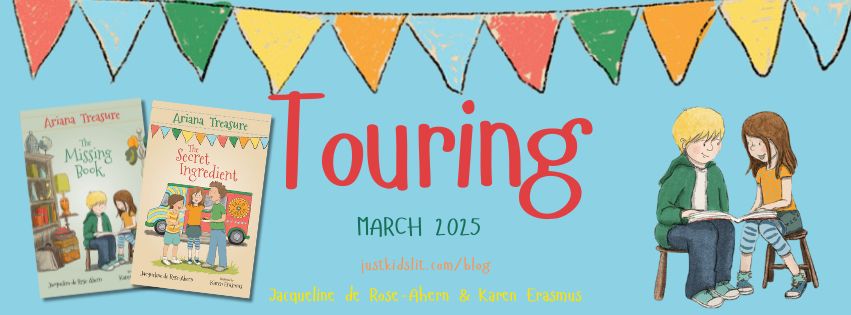
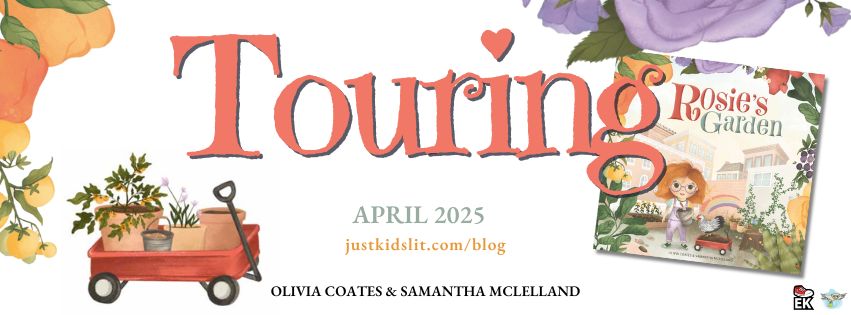
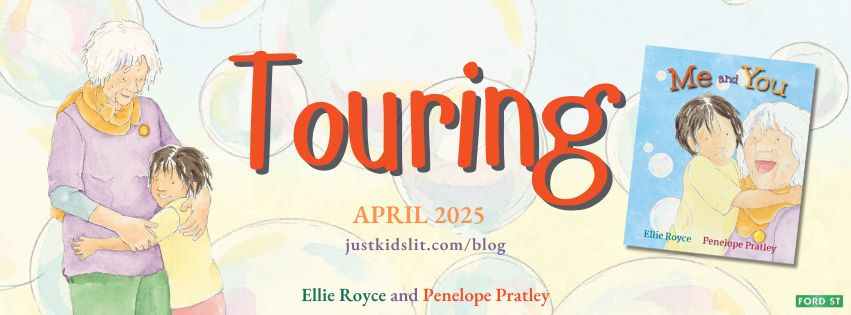
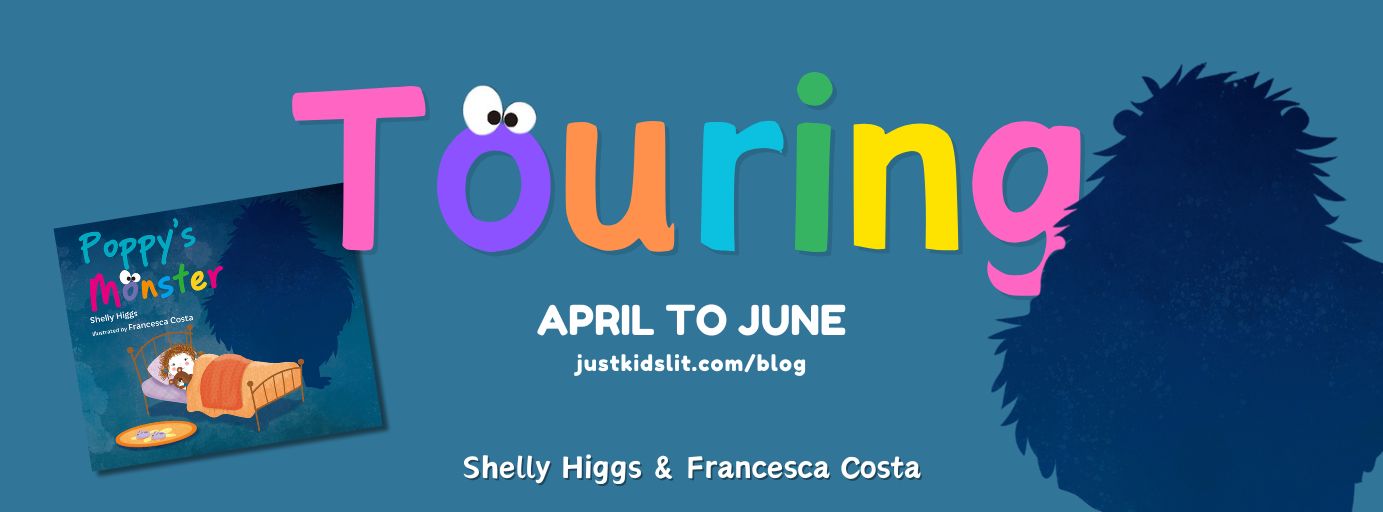
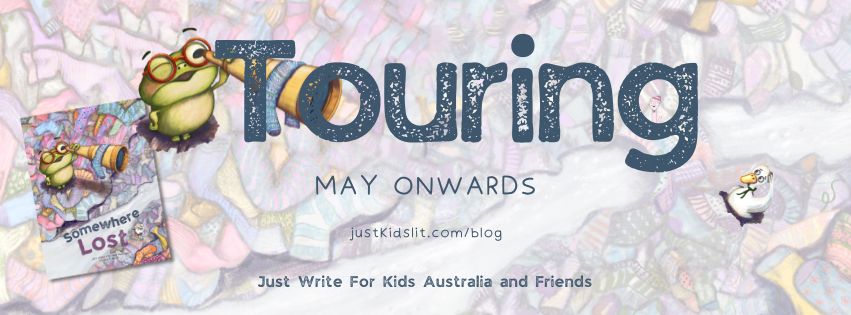





5 thoughts to “A Family Connection to HOME – Article by Karen Hendriks”
Karen, your book sounds like a sad and touching story with ultimately a happy ending. I’ve read a lot about the Holocaust, but I haven’t seen any books about this tragedy. it must have been horrible for the people of Wunschendorf to suddenly be expelled from their homes to go wherever they could get taken in. I’m going to watch for your book. It’s one I surely want to read.
Thank you for your lovely comment for Karen. ‘Home’ is a beautiful, must-read story.
Wow. The story behind the book is inspiring. I’m so pleased Karen shared it as well as her lovely picture book.
It’s an incredible story, isn’t it?! x
It is. I found the book quite moving.